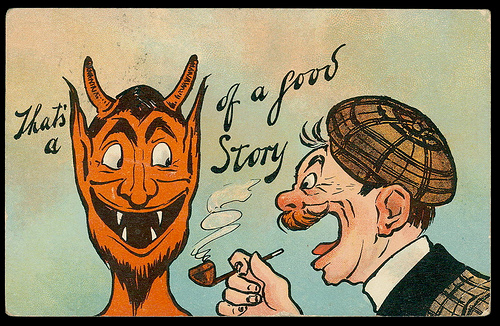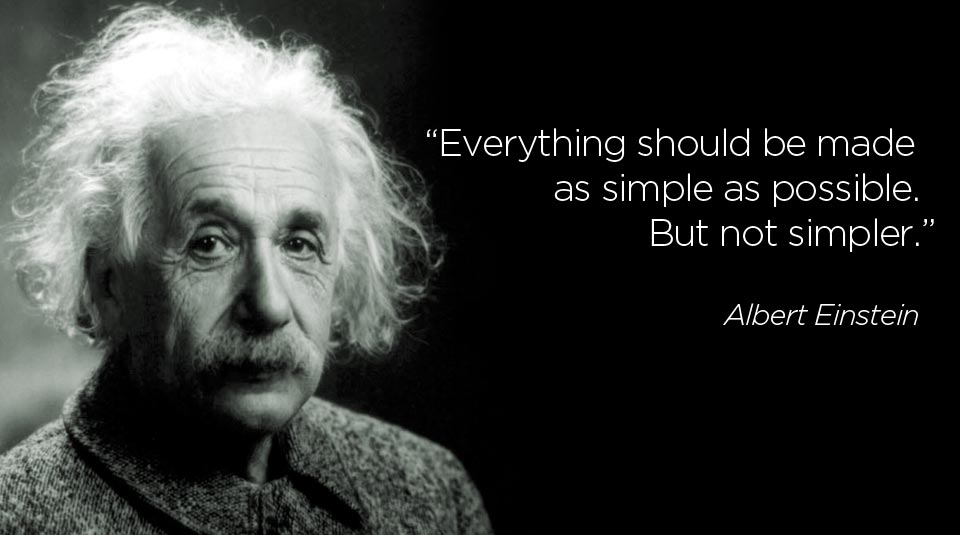Fellow cosmo-poets will know this problem. I am sitting down with a friend or acquaintance and they ask me to tell them a story of my private worldbuilding project. Naturally, I get over excited and I always end up rambling on in great maner of detail about the most nifty technical aspects that holds the mythological universe together. And more often than not, this will either confuse or bore my audience to no end, making them lose interest all together. This is because people are always hoping to hear a coherent story, any story that involves characters in it, even if it was some great celestial war that happened centuries before any mortal being ever roamed the surface of the planet.

Worldbuilding is a tricky business and like all world-builders I often struggle with the amount of content that remains hidden in the backstory. While working on the actual story product I often can’t help myself but to add any kind of expositional thingamajig just to highlight small bits of background lore that I personally find endlessly fascinating. And in my experience these expositional aspects can be found in any and all major storyworlds. The backstory of mythmaking or “the world-lore” is essential to establish the backbone of a coherent storyworld. Once this is establish any author can create a solid foundation for whatever story or stories that your universe may spawn forth.
But it’s not the storyworld that most audiences are interested in, it is the character drama that attracts them to a storyworld. And by tying in the central plot of the character driven story to any major mythological aspect of the world-lore, authors are able to showcase both a heroic journey while highlighting several major mythological aspects of the story universe. That is why one of the first lessons I learned as a young worldbuilder, was to try and always formulate elements of the cosmopoeia engine into simple to understand stories. This always helps me remember them better, it will often provide authors with material that they can tie in with other stories and best of all, you can tell them to your friends and family without boring everyone at the dinner table.
A good rule of thumb is to make the story as simple as possible, but not too simple as to leave out important details. Or to quote the world famous theoretical physicist Albert Einstein:
“Everything should be made as simple as possible, but not simpler.”
Take a look at these excellent explanation videos made by YouTube persona CGP Gray, as he explains the hugely complex storyworld of the Lord of the Rings in under five minutes, while also making connections to the aspects of the stories that the universe is famous for.
